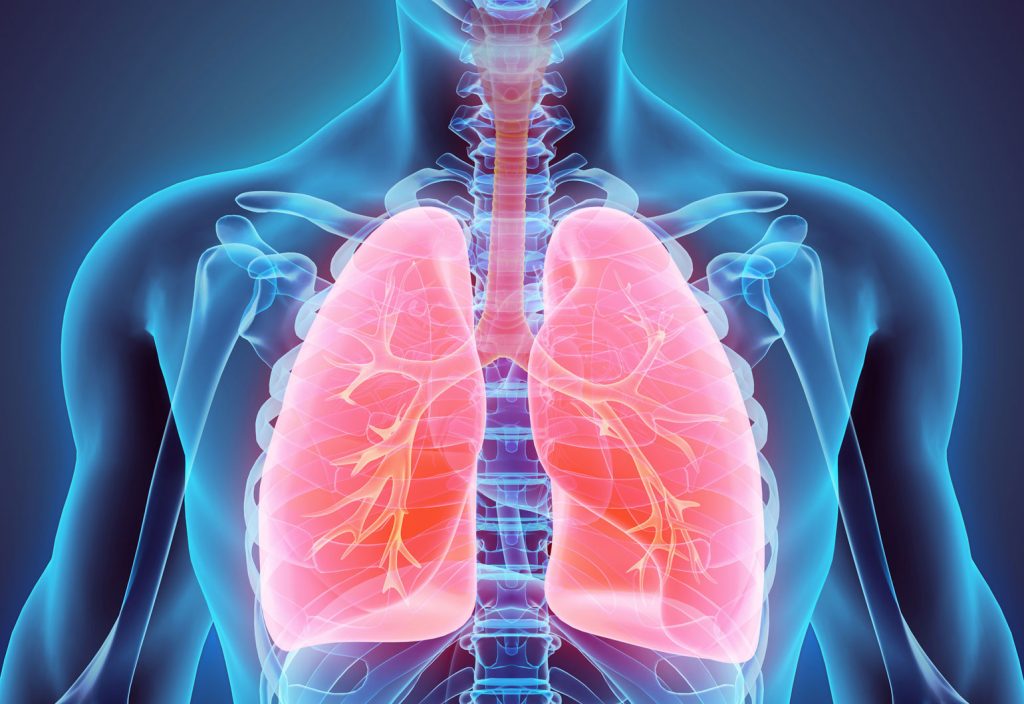Tiny biological messengers are being used by an Australian team that is devising new treatments for certain types of lung disease.
The Lung Foundation Australia estimates that more than 1.45 million Australians have some form of Chronic Obstructive Pulmonary Disease (COPD), which is used to describe lung diseases such as emphysema, chronic bronchitis and refractory asthma.
It is the second leading cause of avoidable hospital admissions, and one in seven Australians over 40 have COPD, which can be caused by long-term exposure to pollutants and noxious particles, such as cigarette smoke and contaminations in the air.
University of Sydney researchers are now working on a proposed technology that can deliver nanoscale messengers to the lungs and promote active lung tissue repair.
The team, which is headed by Associate Professor Wojciech Chrzanowski and includes PhD candidate Sally Kim, recently won $45,000 in pre-seed funding.

Their research focuses on the use of extracellular vesicles (EVs), which are highly specialised biological nanoscale messengers that orchestrate physiological processes in cells.
“The mission for us is to turn something that is a therapy, which is supportive, into a cure,” said Chrzanowski, a biomedical engineer.
This EV-based technology aims to provide a new treatment with better therapeutic outcomes for patients by using placenta stem cells, which it delivers to the lungs.
It has the potential to be even better than drug treatment alone, as EVs contain the essential building blocks of life: DNA, RNA and proteins.
“This is all of what contributes to repair and regeneration, so you are literally sending the complete package required for the repair — not just a single molecule that is a drug,” Chrzanowski explained.
While other researchers around the world are carrying out similar research, the University of Sydney team is unique in its use of placenta stem cells, which Chrzanowski said are the most potent when it comes to repair and regeneration.
Also, during pregnancy, the placenta and the stem cells embedded in it are exposed to oxidative stress, which makes them inherently resistant to stress. This resistance is required to maintain reparative function of cells.
Challenges
As with any work on biological materials, the challenge for the team has been scaling up the research and expanding stem cell production of the EVs and collecting them. A second challenge is the proper purification of the EVs.
“I would say these are the two main challenges from a technological point-of-view, and then it’s obviously the whole process that is related to the pre-clinical trials, clinical trials and the approval from the regulatory agencies. This is a long process,” Chrzanowski said.
The team is currently in the pre-clinical stage of their research on mice and rats, looking at two models of tissue injury.
One is a smoke inhalation model — an acute injury — that looks at the damage from pollution, diseases caused by pollution and preventive technology with the EVs.
This is important in Australia, with Chrzanowski saying that during bushfires, and with associated burn-offs and an ever-increasing number of cars on our roads, the pollution in Sydney can be higher than in Beijing and New Delhi.
The second is the COPD model — a chronic disease — that looks at the efficacy of stem cells to prevent or reverse the condition.
They hope to move to clinical trials within the next few years and use the pre-seed funding to progress towards rapid clinical translation by funding three pre-clinical experiments.
“We are already in the process of the acquisition of bioreactors to increase our capacity in terms of producing the stem cells,” Chrzanowski said.
This article originally appeared as “Breathe easy” in the October 2018 issue of create magazine.
